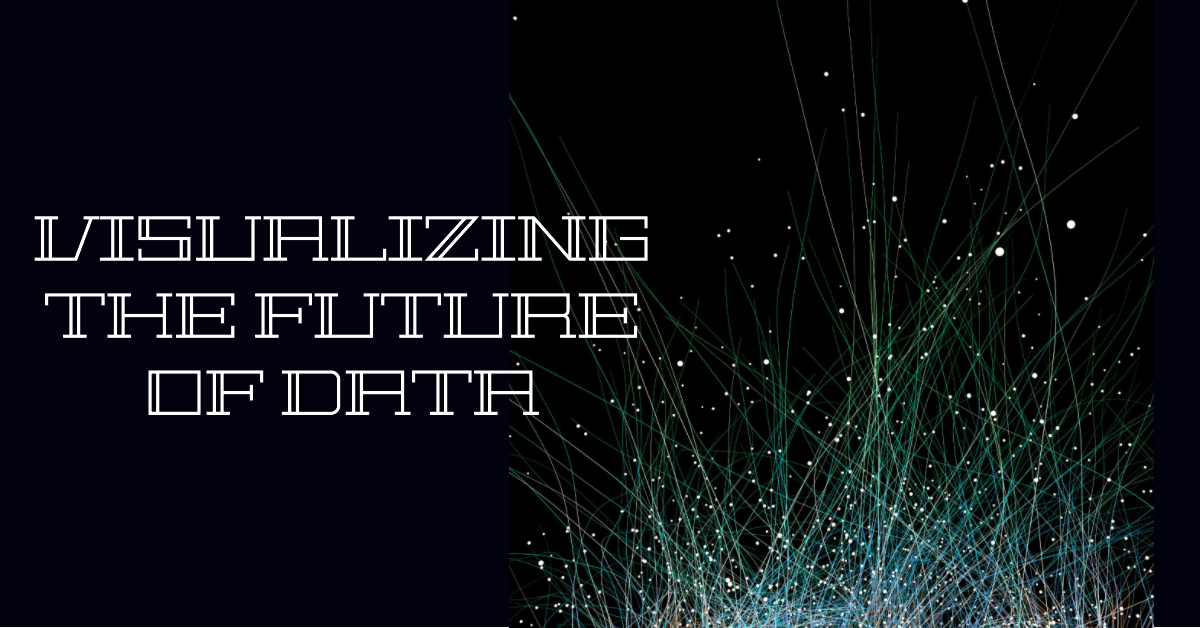
Future Trends in Data Visualization
The future of data visualization is promising, with emerging trends set to redefine how we interact with and derive insights from data.
AI-driven Visualization
Artificial Intelligence (AI) is poised to revolutionize data visualization. AI algorithms can analyze vast datasets, identify patterns, and generate visualizations automatically. This not only saves time but also opens up new possibilities for uncovering hidden insights.
Augmented Reality Applications
The integration of augmented reality (AR) in data visualization is an exciting development. AR allows users to interact with visualized data in a three-dimensional space, providing a more immersive and intuitive experience. This trend is particularly promising for industries such as education, where complex concepts can be better understood through interactive AR visualizations.
Steps to Implement Effective Data Visualization
Implementing effective data visualization requires a strategic approach. Consider the following steps to ensure your visualizations have the desired impact:
Understanding the Audience
Tailor your visualizations to the needs and expectations of your audience. A clear understanding of their preferences, expertise level, and objectives will guide your choices in visualization types and design elements.
Crafting a Narrative Through Data
Data storytelling is a powerful tool in data visualization. Instead of presenting isolated data points, create a narrative that guides the audience through the information. This storytelling approach helps in conveying complex insights in a more relatable and memorable way.
The Psychology Behind Visual Data Processing
Understanding how the human brain processes visual information is key to creating effective visualizations.
Cognitive Processes and Visualizations
Human brains are wired to process visual information faster than text. Leveraging this innate ability, visualizations should be designed to align with cognitive processes. Use colors, shapes, and patterns strategically to enhance comprehension.
Accessibility and Inclusivity in Data Visualization
Ensuring that your visualizations are accessible to diverse user groups is crucial for their effectiveness.
Designing for Diverse User Groups
Consider the varied backgrounds, abilities, and preferences of your audience. Implement features like alt text, adjustable font sizes, and color-contrast considerations to make your visualizations inclusive.
Comprehensibility for Everyone
Aim for clarity in your visualizations. Avoid unnecessary complexity and jargon, making sure that even those with limited data literacy can grasp the main message.
Measuring the Success of Data Visualization
Measuring the success of your visualizations involves more than just aesthetics; it requires a systematic evaluation.
Key Performance Indicators (KPIs)
Identify KPIs that align with your visualization goals. These could include user engagement, understanding of the presented data, and the impact on decision-making processes.
Continuous Improvement Strategies
Regularly review the performance of your visualizations and gather feedback. Use this information to iterate and improve future visualizations continuously.
Conclusion
Unique FAQs
How can data visualization benefit my business?
- Data visualization can provide valuable insights, enhance decision-making, and improve overall business performance.
Are there any free tools for data visualization beginners?
- Yes, there are several free and user-friendly tools available, making data visualization accessible to beginners.
What types of data are suitable for visualization?
- Virtually any type of data can be visualized, from numerical figures to trends, patterns, and relationships.
How do I ensure the accessibility of my visualizations?
- Designing visualizations with accessibility features and considering diverse user groups ensures inclusivity.
Is data visualization only relevant for large organizations?
- No, data visualization is beneficial for businesses of all sizes, helping them make informed decisions and stay competitive.
